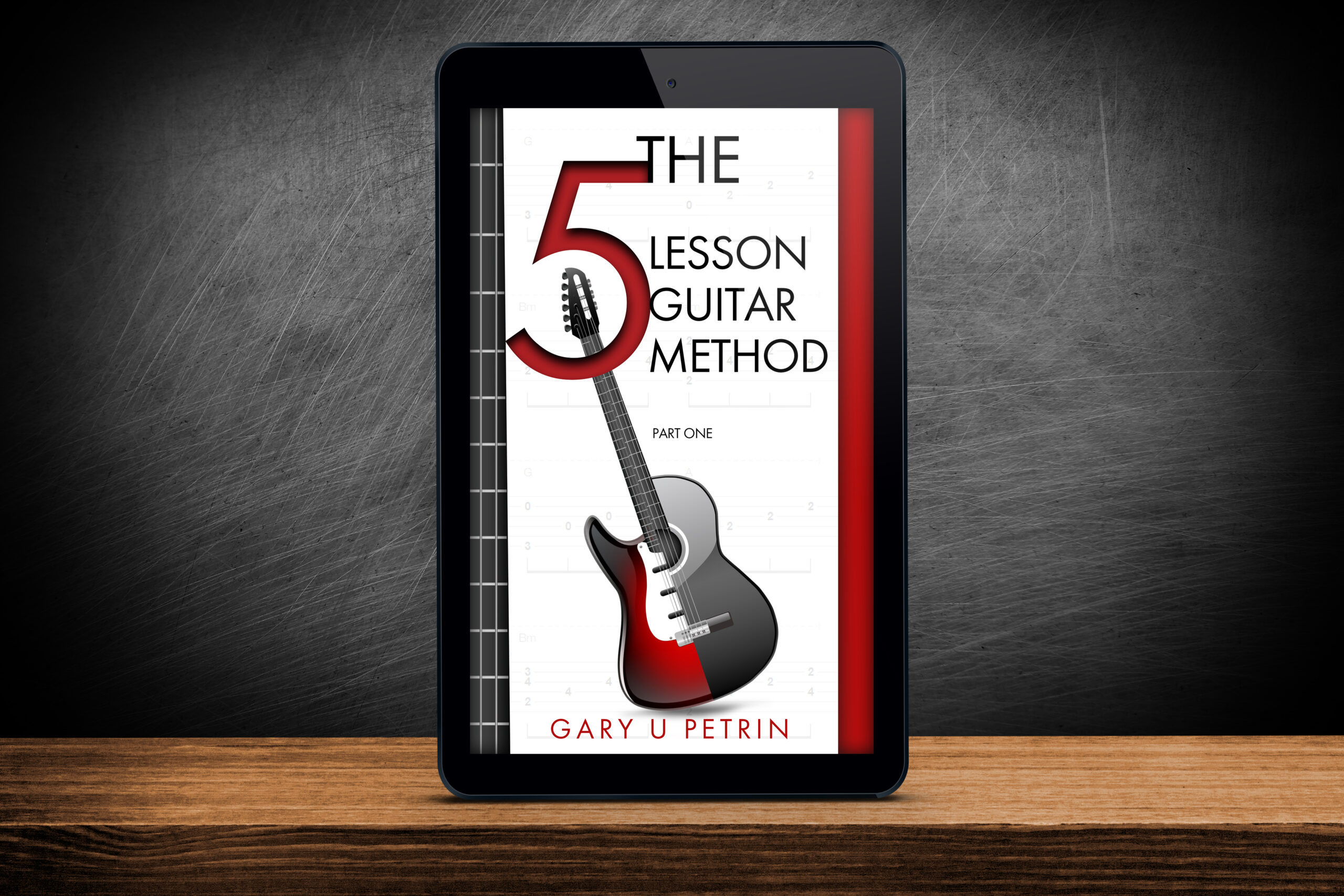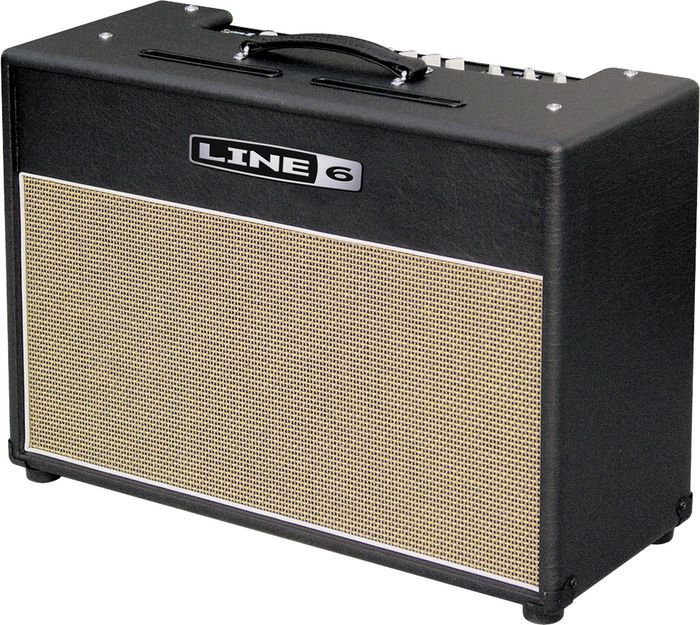Guitar Amplifiers
Basic Overview of Guitar Amplifiers – We will try to cover enough information about guitar amplifiers to give you some insight on what’s available (different models, new technology, effects, multi-channel amps, etc), and a little bit of information on some of the differences. This information should give you a better idea of what to look for when you go to purchase your new amplifier. Guitar amplifiers are available for different uses, and come in many sizes, colors, shapes, and styles. These days guitar amplifiers (amps) are smaller and more powerful than ever…
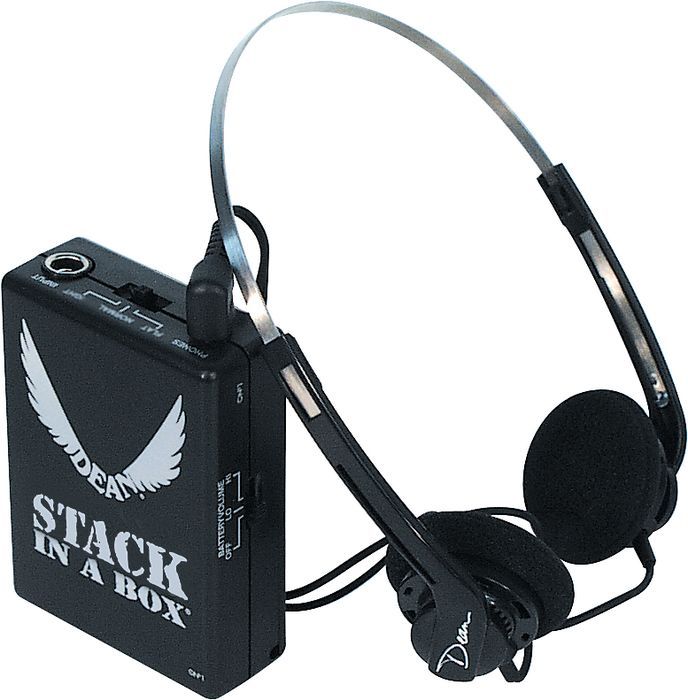 Headphone Amp Headphone Amp |
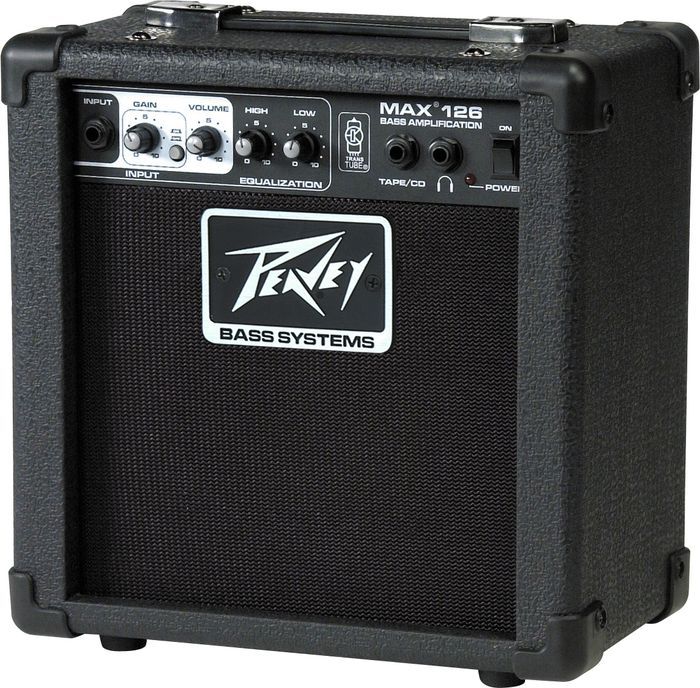 Practice Amp
|
|
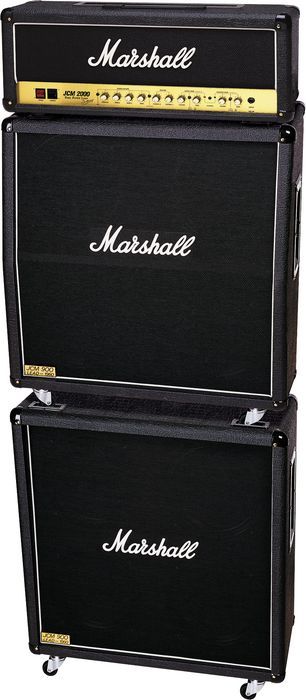 Concert Amp Concert Amp |
Here are some things you should understand and consider before buying guitar amplifiers.
What will you be using the amplifier for?
There are so many guitar amplifiers out there to choose from – there are amplifiers for certain situations such as Practicing, Small Club, Large Club, Headphone Type, Miniature, Concert Venues, and more. So think about what you are going to be using the amp for before you buy it. You don’t really want to buy something small and then find out you can’t use it at a larger club that you will be playing at – or you may not want to spend $2800 on a Concert Size Stack and then find out it can’t fit on the stage of the smaller clubs you will be playing at.
ACOUSTIC GUITAR AMPLIFIERS – If you want the best sound out of your Acoustic – Electric guitar, you will need to purchase an Acoustic Guitar amplifier. Yes, you can play your Acoustic through a regular guitar amplifier, but, it will not get you the acoustic sound that you are looking for. There is a big difference between an Acoustic being played through a regular guitar amp, and an Acoustic being played through an Acoustic amp. Acoustic amplifiers can range from $150 all the way up to $2000. If you are serious about performing live with an Acoustic, you may want to check out some Acoustic amps at your local music store…
Keep in mind the following:
a) Although guitar amplifiers are smaller, they can put out large amounts of power (so you may not need a 6 foot stack to get the “concert” feel behind you). See “Power / Wattage” below…
b) P.A. Systems are smaller and more efficient these days and usually do all the work (this means that you just need a small amp on stage to hear what you are doing, and the P.A. System will do all the work).
c) Bigger is not necessarily Better (you’ll find this out after you test out some amplifiers and do some more research). Remember – In the old days they used walls of Marshall stacks mostly for show, but the main reason was that the P.A. Systems were not as efficient as they are today.
The Sound:
Now that you know what you need the amplifier for it’s time to start looking for an amplifier to fit your needs. First and foremost, you need to make sure that when you play your guitar or bass through this amplifier that it “Sounds” exactly the way you want it to sound (the tone is exactly what you are looking for).
a) One reason for the different sound is the difference in the speakers. For example: Marshall usually uses “Celestian” speakers, Peavey uses their own brand, and Fender uses different types as well. And although the type of “Electronics” will have a lot to do with the “Sound” of the amplifier – I feel that the speakers are a very big reason why the amp sounds the way it does.
b) Another reason why guitar amplifiers sound the way they do is because of the “Electronics” that process the signal. The main two types of guitar amplifiers are “solid state” and “tube” amps (but these days they make amplifiers that use both types of technology).
c) The third reason that makes an amp sound the way it does is the quality of the sound going into it (which could be the type of guitar, the skill level of the player, etc). If you put a poor signal in, you will get a poor signal out…
Go to a music store, sit there and try out all the guitar amplifiers that you can. Even better, if you are a beginner, have the sales guy (who should be a guitarist) play something on a few amplifiers to get a feel of what the amplifiers sound like. Listen to as many as you can to make sure the “Sound” is exactly what you are looking for in an amplifier. Keep listening until you find exactly what you want…
Effects – Do you really need all the Bells and Whistles?
Most guitar amplifiers come with “Reverb” (which is the basic effect that all guitar amplifiers should have on them). Technology is such that many guitar amplifiers are coming equipped with effects such as chorus, flanger, delays, etc. Before you go out and buy an amplifier with all these effects you should make sure that these effects are not just “cheesy” versions of standard effects. Basically, the amplifier might have these effects on them, but they could be “limited” with their use (the effects may only have a few basic sounds available, and you will have to get a better version of the effect pedal to get the sound you are looking for). Just be careful about the effects that come with the amplifier and give them a good test before deciding on the amplifier.
The Look (Shape, Style, Color, Size):
Once you have found the “Sound” you have always wanted from a guitar amplifier – there may be some other things that could help with your decision – such as the shape, style, color, or even the size? As long as the amplifier “Sounds” exactly like the amplifier of your dreams, it really shouldn’t matter what the shape, style, or color is like (but it could be kind of cool if there was a choice involved) – it will be that much better if the amplifier sounds great and also looks great too.
Power (Wattage) – Guitar and Bass Guitar Amplifiers:
Typical guitar amplifiers can range from 1 watt all the way up to 300 watts, and typical bass amplifiers can range from 1 watt all the way up to 1000 watts (and more). Usually the more power (wattage) an amplifier has, the more expensive it will be (especially with bass amplifiers).
Be careful not to overdo it. A guitar amplifier with 50 watts can get really loud, and a typical 100 watt bass amplifier can also get pretty loud. You may not want to buy a 300 watt guitar amp and then find out you will never get to use more than 50-100 watts (or the windows start blowing out, or people’s ears start bleeding). This is a very important consideration to make especially if you don’t want to spend lots of money.
Wattage is sometimes confused with the size of an amplifier. Take a look at the diagram below – it basically describes that Wattage and Size do not exactly go hand in hand.

Modeling Technology:
One of the coolest things that has happened with amplifiers is “Modeling” technology. A modeling amplifier does exactly what the name implies “Models” other guitar and bass amplifiers and most effects. At first I thought that the amplifier would sound “cheesy” and “fake” but after I tried one and heard how it sounds so close to the original amp, I was sold. I tried out some Marshalls, Fenders, and Peavey amplifiers – but when I got to the modeling amp, I was blown away. You just turn the knob to the Marshall amplifier, and it sounds like you’re playing a Marshall amp. There were dozens of different Marshall Amps sounds, Fender, Gibson sounds, etc (pretty much enough amplifiers to keep you busy for a long while). It was so easy to use and program, and it had about a dozen programmable effects available. The salesman showed me the foot pedal (sold separately), and I was blown away for the second time. This foot pedal had over 90 pre-sets available, had a volume pedal and Wah-Wah pedal, a nice display so you could read the info about the channel, effects controls, and a tuner. Modeling amplifiers are everywhere now, if you haven’t tried one, you should take the time to test one out.
Here are a few Modeling amplifier models available (there are more).
CLICK ON THE PICTURES FOR A DEMO!
|
LINE 6 |
PEAVEY |
BEHRINGER |
|
|
The Purchase:
Again, when you purchase your new amplifier (or any type of music equipment) you must feel “very good” about the purchase. Don’t just be all “hyped up” that you have a new amplifier – you really need to feel good about the purchase (no second thoughts or feeling unsure about it). This is important – To walk out of the music store with a great feeling about your new amplifier will be the final stage of the purchase. If you have any doubt, take a break (go eat some lunch), then come back to the music store, and keep trying guitar amps, bass guitar amps until you find the one you really want.
Common Mistakes Made:
a) Purchasing guitar amplifiers (on-line) without playing it first. Never buy something you have never played or heard before. Don’t take someone else’s word for it – what sounds good or plays good to someone else does not necessarily mean it will sound good or play good to you. Don’t take the chance. Go to the music store, find what you want, ask for their best price, then go on line to see if you can get it for less (make sure you add in the shipping costs if you purchase on line).
b) As a beginner, you may want to start off with a small inexpensive practice amp. Don’t go out and buy a $1,000 guitar amplifier as a beginner (what if you decide that you don’t want to play anymore?), you will never get back the money you paid for it. Start small, so if you do decide to stop playing, you should be able to get back at least some of the money you have invested. On the other hand – If you continue to play and your skills are improving – and you are ready to move on to something more expensive, you will always have a spare practice amp sitting around (and waiting will give you extra time to save up for the guitar amps, bass guitar amps of your dreams?).
Practice Amps / Headphone Amps:
Guitar amplifiers do come in all sizes, but the most convenient are the head phone practice amplifiers. Small practice amplifiers should come with headphone jacks, so if you are looking for a small amplifier to practice with – you may want to make sure it has a headphone jack. This way if you don’t want anyone to hear what you are playing (or you just want to hear it really loud without bothering others) you will have the option. Some “Headphone” amplifiers can sound incredible (especially if they have some built in effects). The one I have used for many years is the “Rockman” designed by Tom Sholtz of the rock group “Boston.” It has two clean sounds, two distortion sounds, echo, chorus – and sounds pretty amazing. The Vox AmPlug Model AC30 is the standard guitar model, but they make different ones for Heavy Metal, and Acoustic Guitar.
Here are a few of the many different types available
|
Rockman-Guitar |
Vox AmPlug |
Dean – Stack in a Box |
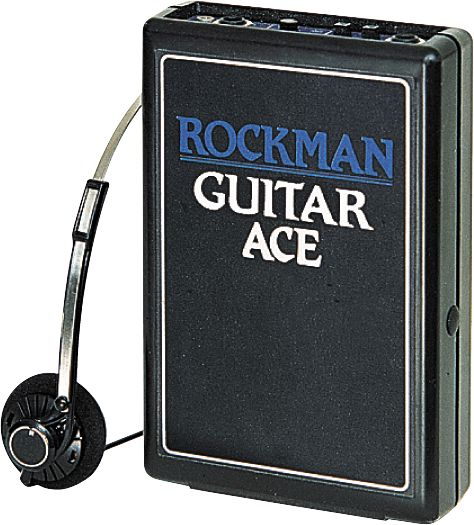
|

|
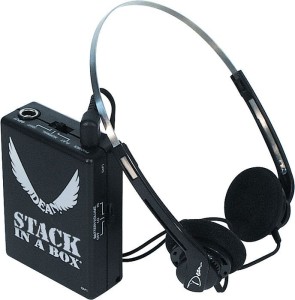 |
Again, don’t take anyone’s word for it, go to the music store and try a few out. They don’t cost a whole lot – around $30 – $150 on average. Having a headphone practice amplifier around will allow you to practice any time you want with no restrictions, and you won’t bother any one. A very important piece of gear for any serious guitar or bass player.
Conclusion:
Remember that selecting Guitar amps, Bass Guitar amps is a “subjective” process, and the final decision should be made by the person who is going to be playing through it (if the amplifier sounds good to you, then go for it). Make the final decision on your amplifier purchase – and feel good about your decision…

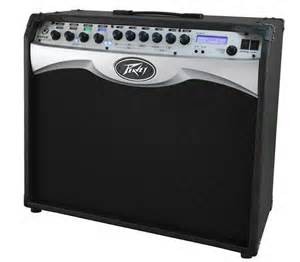 Club / Gig Work
Club / Gig Work